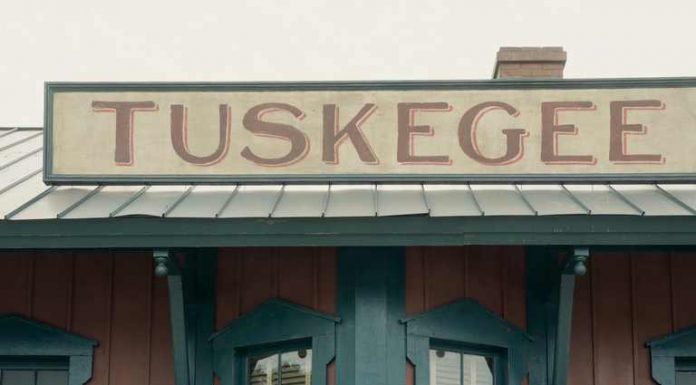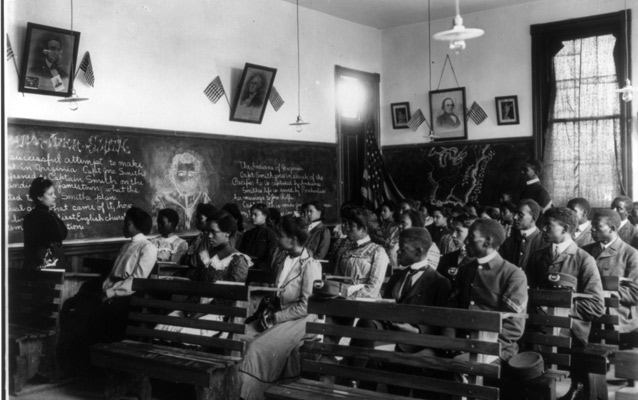The plot of The Gilded Age Season 2 Episode 4 changes dramatically when Peggy (Denée Benton) and T. Thomas Fortune (Sullivan Jones) travel to Tuskegee, Alabama, to cover the Tuskegee Institute. Washington’s vision involves coexistence with the white community while empowering Black students. The storyline highlights the significance of education as a catalyst for change, offering a historical perspective on the challenges faced by African Americans during the Gilded Age. tvacute explores whether the Gilded Age Tuskegee Institute is actually real.
Is Tuskegee Institute a Real Institute in The Gilded Age Series?
Yes, the Tuskegee Institute depicted in The Gilded Age is based on a real historical institution. Located in Tuskegee, Alabama, Tuskegee University was formerly known as the Tuskegee Institute. It is a historically black university. Booker T. Washington established it in 1881 with the main goal of educating African Americans. Washington, a well-known African-American educator, supported an approach to education that was practical and hands-on in order to equip black people with the skills they needed to support themselves economically.
The development of industrial skills, agricultural education, and vocational training were important tenets of the Tuskegee Institute’s ideology. In order to provide pupils with the abilities they would need to prosper in a society that had moved past slavery, Washington placed a strong emphasis on the value of practical skills like farming, carpentry, and trades.
The Tuskegee Airmen, a group of African American military pilots who trained at Tuskegee during World War II, were one of the institute’s most well-known programs. This initiative significantly aided in the dismantling of racial barriers within the armed services and ultimately led to the desegregation of the military.
During a difficult time in American history when racial segregation and prejudice were widespread, the Tuskegee Institute rose to prominence as a model for African-American education and self-help. Under Washington’s direction, the school prospered and had a lasting impact that shaped the course of African-American education and civil rights in the country.
The institution that would later become Tuskegee University plays a significant part in the episode, bringing up significant issues related to education and Gilded Age society viewpoints. Peggy and T. Thomas Fortune get into an intellectual spat with Booker T. Washington (Michael Braugher) when they get to Tuskegee. Washington, a well-known figure in African-American history and the creator of the Tuskegee Institute disputes the benefits of gradual progress with Fortune. This conflict of viewpoints deepens the story by examining the difficulties and varied viewpoints surrounding Black and White communities’ relations after liberation.
An understanding of the intricacies of Booker T. Washington’s plan for the Tuskegee Institute can be gained from this episode. Washington seeks to equip Black pupils with the tools they need for success while also promoting harmony with the White community. Washington and T. Thomas Fortune’s acrimonious conversation highlights the larger social unrest and divergent views on progress during this pivotal juncture in American history.
The Gilded Age Season 2 Episode 4’s depiction of Tuskegee Institute not only deepens the plot but also demonstrates the show’s dedication to tackling important historical and social concerns of the era. The tour of Tuskegee Institute is a moving reminder of the hardships and victories African Americans faced at a critical juncture in American history as they pursued equality and education.
The Gilded Age Season 2 Episode 4 Recap








